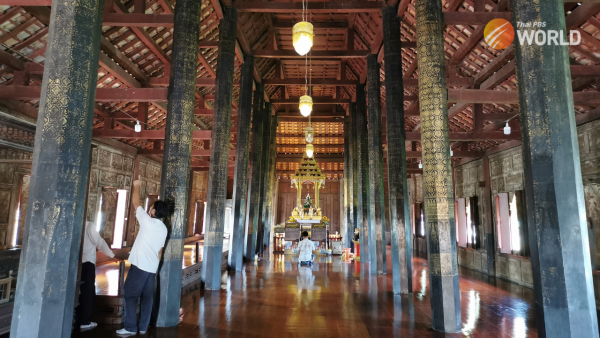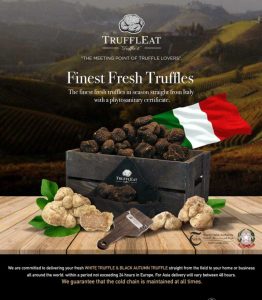
A visitor takes a close look at a beautiful mural in Wat Koh depicting the Buddha’s supernormal powers following enlightenment. (Photo by Phoowadon Duangmee)
Two hours south of Bangkok by car, Phetchaburi province offers everything from cultural heritage and a royal palace to sandy beaches and tasty food. Until March 26, the Phra Nakhon Khiri Historical Park – or “Khao Wang”– will be the centrepiece of a visit to Phetchaburi. The annual celebration if a true feast for the senses, featuring live outdoor concerts, spectacular fireworks, and classic country fairs.
However, Phetchaburi is great to visit at any time of the year.
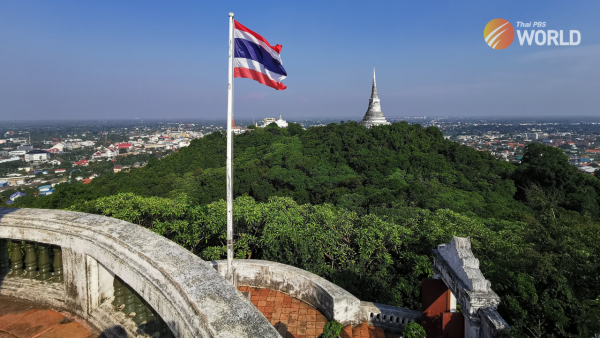
The palace on the hill
The focal point is, of course, the Phra Nakhon Khiri Historical Park. In 1859 King Mongkut (Rama IV ) built his summer palace on top of a hill overlooking the city of Phetchaburi to pursue his passion for astronomy. The palace on the hill was designed with Bangkok’s Grand Palace in mind, and it includes a royal residence, a pagoda, and even Wat Phra Kaew Noi (the temple of the Emerald Buddha) albeit on a smaller scale. The palace on the hill is now a museum containing royal relics.
The best part of a visit to the Phra Nakhon Khiri Historical Park is climbing a spiral staircase to the observatory – where King Mongkut used to spend time stargazing and taking astronomical measurements. You won’t see millions of stars from the deck, but the white-washed pagoda of Phra That Chom Phet and the small temple of Wat Phra Kaew stand out against the green forested hill and cobalt sky.
In the seventeenth century, Phetchaburi was known as Pribpri – a caravan trading centre between Tavoy (Dawei) and the Ayutthaya Kingdom. It bridges the Bay of Bengal to the Gulf of Siam though mountain passes and ancient trade routes. Traders and travellers sailed to the coast of Tavoy in Myanmar (Burma) and then took the caravan route crossing the ancient passes to Phetchaburi before reaching the Chao Phraya River and the Ayutthaya Kingdom. The coastal province of Phetchaburi has kept its charm and beauty while evolving with the times.
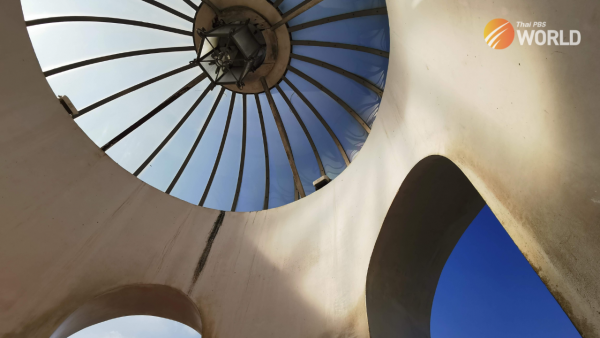
A taste of Ayutthaya arts
Dubbed “a living Ayutthaya”, Phetchaburi flourishes with arts and architecture from the late Ayutthaya period. Wat Yai Suwannaram is a diamond in the crown with elaborate Ayutthaya painting sand architecture. The murals inside the ordination hall depict the scene of Thep Chumnum or the Gathering of Angels in which all angels gather to witness the Lord Buddha’s victory over the Mara and achieving Enlightenment. All angels are painted in the gesture of the Thai-style greeting with hands joined together at chest height. Another highlight is the elaborate teak open pavilion or Sala Kan Parian. Built in Ayutthaya during the 17th century, the pavilion was once a residence of Chao Fah Pra Kwan, grandson of King Narai the Great. The delicate woodcarving reflects the workmanship of the highly skilled artisans of the Ayutthaya era.
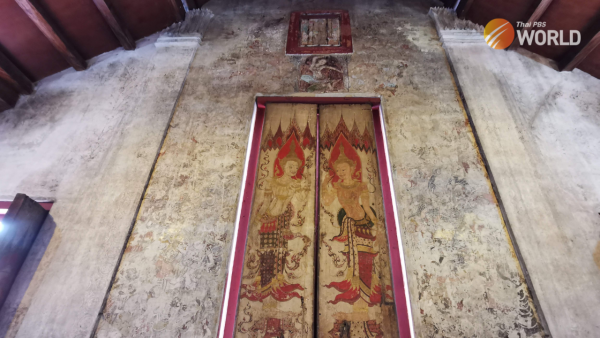
Sweet treats of Phetchaburi
The riverside area of Ban Koh is named after Wat Koh, the Ayutthaya-period temple located in the centre of the community. The beautiful mural at Wat Koh depicts the lifestyles of the Thai people centuries ago. The mural boasts stunning Ayutthaya style painting which used only four primary colours: red, black, white and yellow. Stroll around the old community to enjoy traditional Thai sweets and appreciate refined arts and culture. Ban Khanom Kru Pranee offers sensational snacks like Alua, Thai coconut crispy jelly, that melt in the mouth. Dotted with temples, traditional Thai houses, Chinese shrines and shophouses, Ban Koh has been a cultural melting pot on the bank of the Phetchaburi River for centuries.
Speaking of food, the people of Phetchaburi are extremely proud of their food, which is a nice balance between royal cuisine and local fare. The United Nations Educational, Scientific and Cultural Organization (UNESCO) even named Phetchaburi a City of Gastronomy under its Creative Cities Network. Here, you’re in for a treat with a great range of dishes varying from an elaborate set of Khao Chae (rice soaked in scented water) to a street food champion like beef noodles in sweet broth.
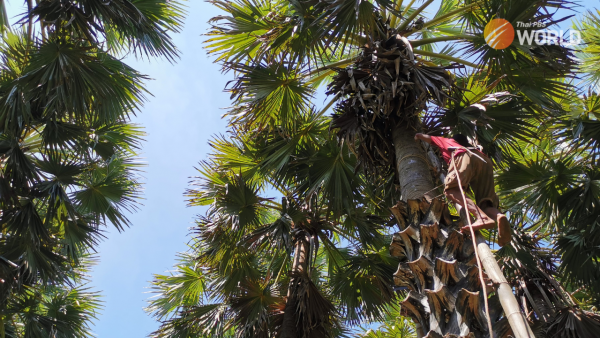
Don’t leave Phetchaburi without visiting its toddy palm plantation. The seaside province is home to cultivators and farmers and has a long and rich history of producing palm sugar – a natural sweetener that can be found in almost every dish. Twenty minutes south of city of Phetchaburi, Uncle Thanom’s Toddy Palm plantation is the place to immerse yourself in this traditional crop. Visitors can learn how to climb and collect palm juice from the crown from the farmers. Those who do not have the time (or the nerve) to climb can sip sweet palm juice while watching others brave the palm trees.
By Veena Thoopkrajae
